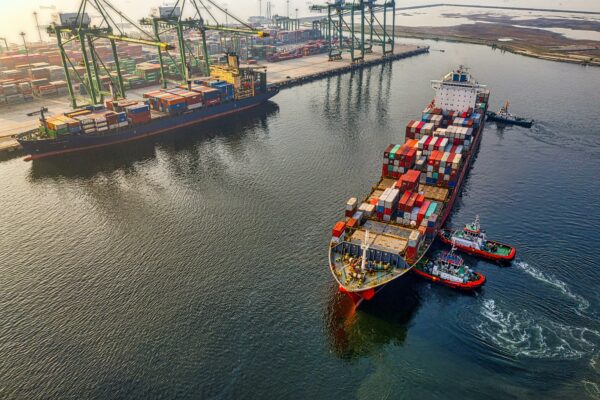How to make tenders work for you in 2023
Jul 31, 2023
Scroll to find out more
Jul 31, 2023
Scroll to find out more

Passing the halfway mark in 2023, the key theme of the supply chain industry remains ‘uncertainty’. Skittishness about what will happen next permeates demand, rates, and the entire shipping landscape, leaving shippers understandably cautious about committing to a long term contract especially at a time when falling rates have shifted market power back to shippers.
However, the advantages of contracts go beyond price – by remaining on the fence regarding commitments to suppliers and business plans, shippers risk staying in stasis, unable to build relationships that can provide long term development and competitive advantage.
The challenge is to approach tender season with a strategic outlook, working with available partners to create arrangements that can provide shippers with the certainty they need to succeed in the future while also leaving flexibility to adapt to shifts in the market that will inevitably come.
To understand the opportunities available and how shippers can make the most of them, we sat down with Anne-Sophie Fribourg, Vice President – Global Ocean Freight and Catia Fernandes, Head of Trade Asia and IPAK at Zencargo on our podcast Freight to the Point.
Shippers are currently dealing with a range of pressures, including unpredictable demand, fluctuating rates, and a rapidly evolving landscape of shipping carriers. In this dynamic environment, there are valid questions about whether a contract is even worth it, given the opportunities to save on the spot market.
While the spot market has offered more attractive rates in 2023, it carries risks over the long term, particularly as businesses eye the long-awaited restocking swing. Businesses who commit fully to the spot market risk finding themselves locked out of crucial capacity come the return of demand, paying over market rates to keep essential stock moving and suffering on service levels. However, by starting early, shippers have more time to choose the right deal and shape their needs.
Once upon a time, businesses would initiate tender negotiations beginning in September. However, the approach has changed considerably in recent times. Now, we advise shippers to start negotiations around November or post the Chinese New Year in March or April, ensuring they have a clear understanding of their needs for the year ahead, gathering data from commercial indicators to assess the viability of the options available and make the right decisions.
Three pivotal factors are steering the change in 2023: uncertainty in demand, rates, and carriers.
Unpredictable consumer appetite, fueled by the global economic environment, has affected shippers’ willingness to commit to volumes and impacts carriers’ willingness to secure space at competitive rates. This year is yet to see the traditional peak, with volumes steadily weakening as uncertainty continues.
Rate volatility is increasing, resulting in significant differences between spot and long-term rates. “We’ve seen that rates have not been stable for quite some time. If you look at this time last year, the rates were much higher and the drop, therefore, has been phenomenal.” says Catia
Compared to last year, we’ve seen falls of 87% Far East–North Europe, 76% on Far East– US East Coast and 80% Far-East–West Coast, 80%.
Carriers are becoming more selective, cherry-picking trades, and often prioritising larger shippers over medium-sized customers as they eye their own balance sheets and long-term plans. This includes regular attempts to juice unsustainable rates, with a successful 50% GRI on Transpacfic routes in April.
While contracts have their advantages, not all contracts are created equal. While the commercial advantage sits with shippers, shippers have more flexibility to shape their tenders to their needs. Key considerations include:
Managing risk requires an active approach to contracts from shippers, keeping in mind the key needs of the business and ensuring that all arrangements are fit for purpose.
With the supply chain market stubbornly resisting predictability, it’s up to shippers to ensure they have the right information at their disposal to make effective decisions for the year ahead. However, for many businesses, especially those working with legacy supply chain management systems, siloed data and unwieldy teams, obtaining the right data plan volumes, lead times and service levels can be time consuming, inefficient and inaccurate.
Zencargo works with leading shippers worldwide to help them manage, optimise and execute their supply chain in real-time, based on data-driven contracting strategies.

If you’re looking for a partner who can support you through 2024, and beyond, w...

Last updated: Monday 3pm BST On Friday 19th July, an unprecedented global issue...
